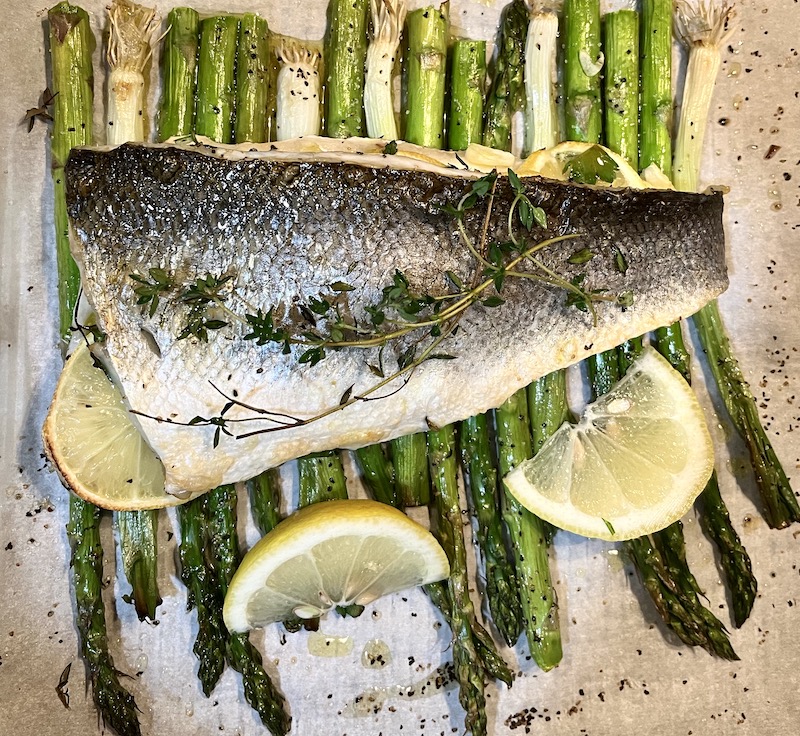Dress Right for Winter Exercise With These Layering Tips
Learn the best way to layer your clothes for cold weather exercise
By Elizabeth Quinn
Updated July 08, 2016
Cold weather doesn’t have to stop you from outdoor exercise, but it is important to dress for the conditions. If you want to take advantage of the exhilaration of winter exercise, learning how to dress for it will help keep you warm and comfortable while you get some fresh air and maintain your fitness.
How To Layer Clothing for Cold Weather Exercise
The best way to stay warm and dry during cold weather exercise is to learn how to properly layer your clothing.
By wearing clothing in a specific combination of layers, you will more easily regulate your body temperature, keep moisture away from your skin, and stay warm and dry even as you are working up a sweat.
The layers you wear for a given activity are matched to the weather, your activity level and your personal preference. There are essentially three layers to consider, and each has a specific function:
- The base layer: wicks moisture and perspiration away from your skin to keep you warm and dry.
- The mid layer: insulates and keeps you warm
- The outer layer: allows moisture to escape while blocking wind, and repelling water.
The Base Layer
The base layer is in contact with your skin. A tight fitting and wicking material is best to keep you warm and dry. Polypropylene, silk, polyester, Thermax, Thinsulate, and wool are all good choices Avoid cotton because it traps moisture, so it stays wet and draws heat from you.
Base layers come in various weights (lightweight, midweight and heavyweight). Select a weight based on the outside temperature and your activity level. The lighter weight is better at wicking, the heavyweight has more insulation.
The Mid Layer
The Mid layer provides insulation. It should be a bit looser than the base layer, but to function properly it needs to maintain contact with the base layer.
Mid layers also carry moisture away from the base layer to the outer layer. Common material for mid layers include down, polyester, fleece, wool and newer synthetic / natural blends. Many mid layer clothing has extras such as pit zips, long front zippers, adjustable cuffs and collars.
The Outer Layer
The outer layer blocks wind and allows moisture to escape. Typical outer layers include shells made of Gore-Tex or a similar material. Extras such as pit zips, ankle zippers (for pants), and a variety of ventilation options are standard. Outer layers should also be tough enough to withstand tears and abrasions. Other less high-tech options may include wind resistant materials, or water resistant fabrics.
Once you have a layering plan, you can adjust your temperature control simply by removing or adding layers as needed.
Another tip for maintaining the life of your clothing is to follow the care instructions on the item. Synthetic, technical fabrics need to be cleaned properly in order to wick, insulate and repel water.
Special cleaning products can restore the moisture wicking and water repellent properties if necessary.
Head, Hands, and Feet
After your core is covered, you need to properly dress your extremities. Wear a hat, mittens or gloves, socks, and shoes or boots that match your activity and weather conditions. To cool yourself if you overheat, you can often just remove your hat or gloves. Keep in mind that wind blocking fabric is also important for hats and gloves. Although fleece is warm it does not provide protection from wind.
Proper layering, along with eating for cold weather exercise, will not only make you more comfortable during winter activity, but it also keeps you safe.



